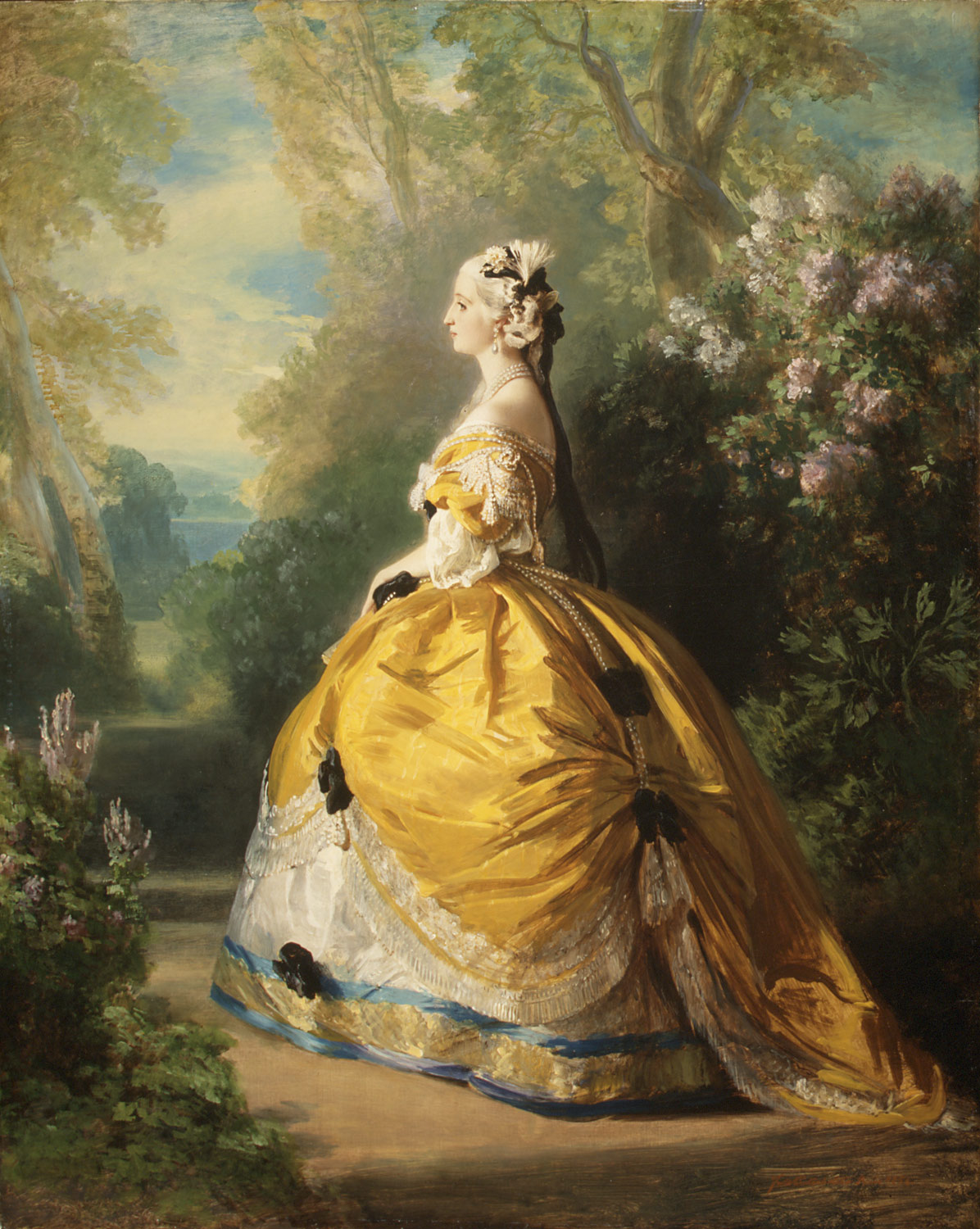TAHITIAN
History & Cultivation
In the late 1700's Europeans established contact with Polynesians in the pacific islands. In addition to new species of animals and plants, this also lead to the discovery of large black pearls known today as Tahitian pearls. These pearls quickly became favorite of European royalty. Today, these pearls have become a coveted prize in a woman's fine jewelry wardrobe.
Tahitian Pearls History
Empress Eugenie was the last empress of the French. She was one of the first to wear black Tahitian pearls and brought them to the forefront of European court fashion.
As a result of their dark coloring, Tahitian pearls are surrounded by an aura of mystery. Centuries old rumors tell tales that the famous Mutiny aboard the Bounty may have been partially caused by a pair of Tahitian pearls given to Fletcher Christian.
One of the largest known natural Tahitian black pearls is the Black Beauty. It is 6.5 carats and a button shaped pearl. By the mid to late 1800's, natural Tahitian pearls became scarce as the oysters and their pearls became depleted in the wild.

Image Source: THE MET - The Empress Eugénie
Natural Pearls Formation
Natural pearls are formed entirely with the body of an oyster. Since, oysters are filter feeders, they open their shells slightly to allow water to flow in. The oysters then take nutrients from the microscopic particles and organisms floating in the ocean water.
As a result, small irritants such as small ocean animals can also float in. Parasites can also drill right through the oyster's hard shell. To protect itself, the oyster forms a sac around the irritant. It then secretes layer upon layer of nacre onto it to form a nascent pearl. After years, this results in a lustrous pearl.
Cultured Pearl Beginnings
In the early 1960's the Tahitian government initiated a revitalization of their pearl resource. Their programs were designed to start the culturing of Tahitian black pearls.
Pearl farmers, scientists and pioneers worked with existing pearl culturing techniques to bring back Tahitian pearls.
In that decade, pioneers Jean-Marie Domard, Jean-Claude Brouilette, Jacques and Hubert Rosenthal and Robert Wan all worked with new techniques to make Tahitian pearl culturing a reality as well as viable industry today.
Today, Robert Wan is the largest exporter of Tahitian black pearls. Pearl farm sites range all over French Polynesia.

